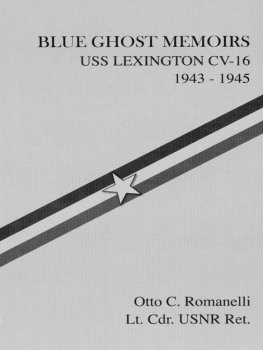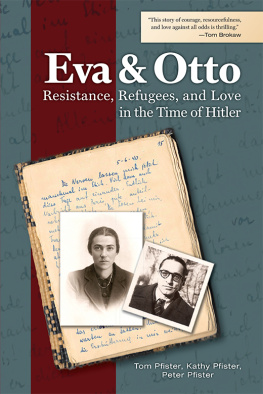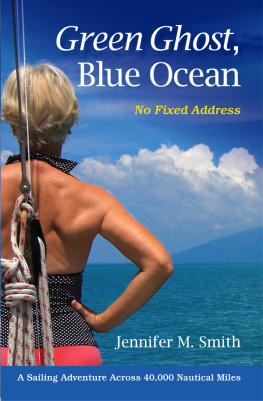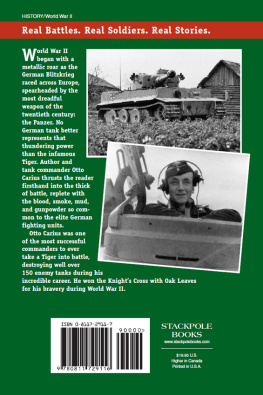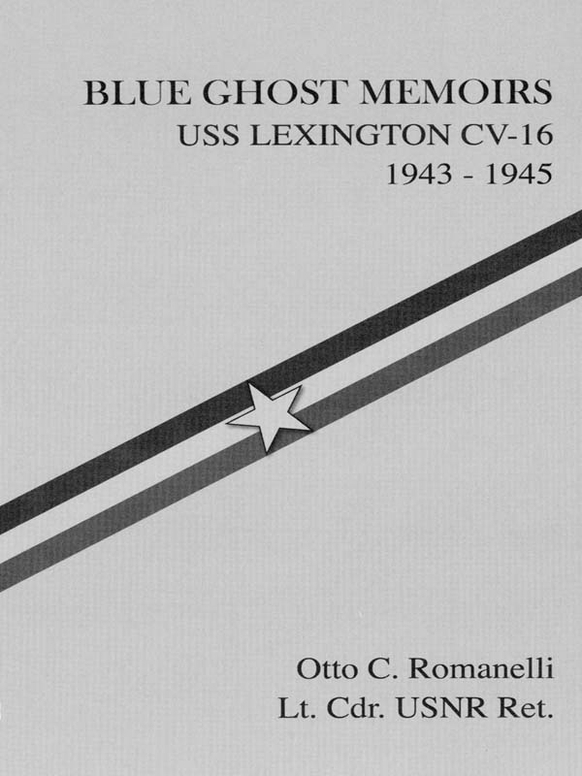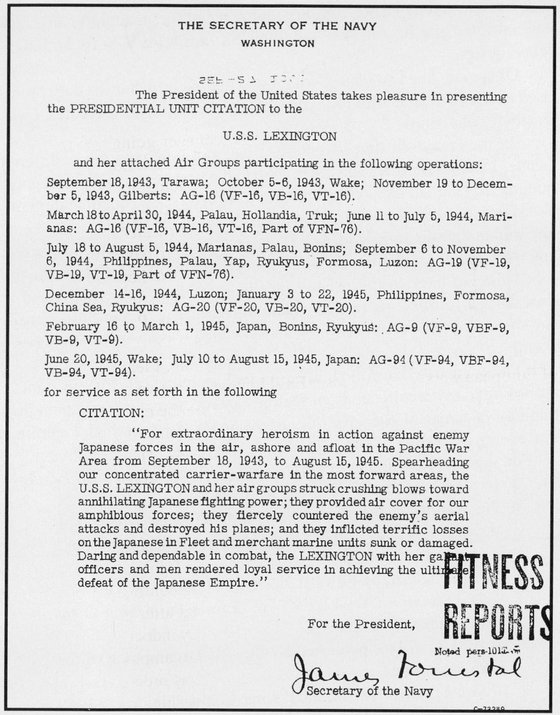I want to acknowledge my appreciation to Captain Edward Steichen, USNR (Ret.) for the fine photographs he and his assistant took during their brief visit aboard the USS Lexington, some of which I have taken the liberty of reproducing in this volume. Little could I have appreciated at the time, the beauty of those photographs as I escorted him around the Gunnery Department equipment.
I have a deep sense of obligation to three other retired Naval Reserve officers. The first two are my former roommates aboard the Lexington: Richard Morland, PhD, who, during a long career as a professor at a Florida University, also established a reputation as a Naval historian. Richard Adelson, an antiquarian rare book dealer, has supplied me with out-of-print books on Naval histories. The third is my younger brother Rosario P. Romanelli, who, during the Korean War served as an Engineering Officer on the USS Windham Bay, a baby flattop, and who was later employed as President of Western Union International. All three used their extensive knowledge of U.S. Navy aircraft carriers to check my manuscript for errors; if any factual errors remain they are entirely my fault. Also any judgmental opinions are mine alone.
I owe thanks to my brother Marcello J. Romanelli, a Grumman design engineer, for the story of the Grumman Iron Works and Admiral McCains remarks.
I also owe a debt of gratitude to my sister-in-law Lois Diane Hicks for her painstaking editing and for keyboarding my scribbles into my irascible and persnickety computer, whose unpredictable glitches are frequently frustrating.
Finally, I am indebted to my loving wife Dorothy, who, to quote some words from Samuel Eliot Morison, ... greatly contributed to my happiness and well being while the work was going on.
CHAPTER 1
INTRODUCTION
During the late 1930s, when I was a teenager going to Stuyvesant High School in New York City, I used to take the Sea Beach Express to go from our home in Bay Ridge, Brooklyn to Manhattan. I would get off the subway train at Union Square, which, in those days, the mid-thirties, was a hot-bed of political discussion groups Socialists, Communists and Pacifists. On the way home through the Square, some friends and I would occasionally stop to heckle the Pacifists. We had no respect for Pacifism. We knew from the law of the Bay Ridge streets that the best way to ensure peace and respect was with your fists. Pacifists were yellow cowards.
Later, while attending the Polytechnic Institute, I learned the history of European wars from Professor Emil Lengyel, a native of Hungary, who had observed European politics first hand during the early 1900s. From another on-the-scene observer, newspaper correspondent Upton Close, I heard about the rape of Manchuria by Japan in 1932. These accounts impressed me with the need to combat aggression and protect our precious freedom. To me, the march of Hitler and Tojo during this period was outrageous and carried with it dire forebodings. And so it was that the U.S. Navy made me an offer that I couldnt refuse: a commission in the Naval Reserve. In my youthful idealism, I would fight for freedom and participate in the exciting adventure of the coming conflict.
I was called to active duty on July 1, 1942, right after graduating with a degree in Mechanical Engineering. After a 60-day indoctrination course at Cornell University, where we marched around the campus, studied Navy Regulations and read about John Paul Jones, I was ordered to the Ordnance and Gunnery School at the Navy Yard in Washington, D.C. There, we learned about every type of Naval explosive weapons from pistols to battleship turrets. They were training us to be ordnance inspectors at armament factories across the country. But when it came time to graduate from the school, four of us decided we wanted sea duty and the Executive Officer was happy to oblige.
Presidential Unit Citation.
In 1926 I was a 6-year-old immigrant boy from Italy, born into an old culture and an ethnic group that had not yet earned respect in their adopted country. In 1942 I was about to embark on an adventure that would earn me my spurs and respect in the country I had embraced.
I was ordered to a pre-commissioning detail for an aircraft carrier being outfitted at a Boston shipyard, the USS Lexington, CV-16, an Essex-class design.
Of course, I had no idea of what I was getting into, but sea duty promised excitement and, after four years of intense engineering studies, I was ready for adventure.
In the course of this adventure, I was not a hero in the traditional sense. I followed orders and did my job to the best of my ability and good judgment. I earned the confidence of my superiors; two commanding officers entrusted me with the responsibilities of Officer of the Deck to conn the ship in the war zone; and, as a Division Officer I earned the respect of my men. I had a reputation of being tough but fair, a description which, when filtered back to my usually phlegmatic father, made him stand a foot taller. I fulfilled my role as a team player and felt I had fully earned my share of the Presidential Unit Citation which was awarded to the Lexington.
The vignettes that follow are personal memoirs, all true accounts, according to my recollections, of feelings and occurrences, written in the tradition of James Micheners Tales of the South Pacific, which I admire. The events are a slice of Navy life during war time.
For anyone interested in a comprehensive history of the USS Lexington CV-16 please refer to the following:
- The History of U.S. Naval Operations in World War II , Volumes 7, 8, 12, by Samuel Eliot Morison. Little Brown and Company 1951, 53, 58.
- The Blue Ghost, by Edward Steichen. Harcourt Brace 1947.
- USS Lexington CV / CVS / CVT -. Turner Publishing Company, Paducah, Kentucky.
- Tarawa To Tokyo, published by the officers and men of the USS Lexington.
- Aircraft Carriers, by Norman Polmar. Published in Japan 1969
- Carrier War, by Lt. Oliver Jensen, USNR. Pocket Books, Inc., N.Y. 1945.
In recent years I have been indebted to these books for certain dates and events of which I had not been previously aware. My feelings and judgments, particularly regarding Admiral William Bull Halsey, are my own. As far as the rest of the Navy is concerned, I hold a deep respect, admiration and a warm feeling of brotherhood and family.
In addition to the above, I want to add the names of two more books recommended by an authoritative source. These authors served on the Lexington at the same time and their personal accounts make for interesting reading.
Mission Beyond Darkness, by Bryan J. and Philip Read. Duell, Sloan and Pearce 1945.
Skipper: Confessions of a Fighter Squadron Commander, 1943-1944, by T. Hugh Winters. Mesa, Arizona.

